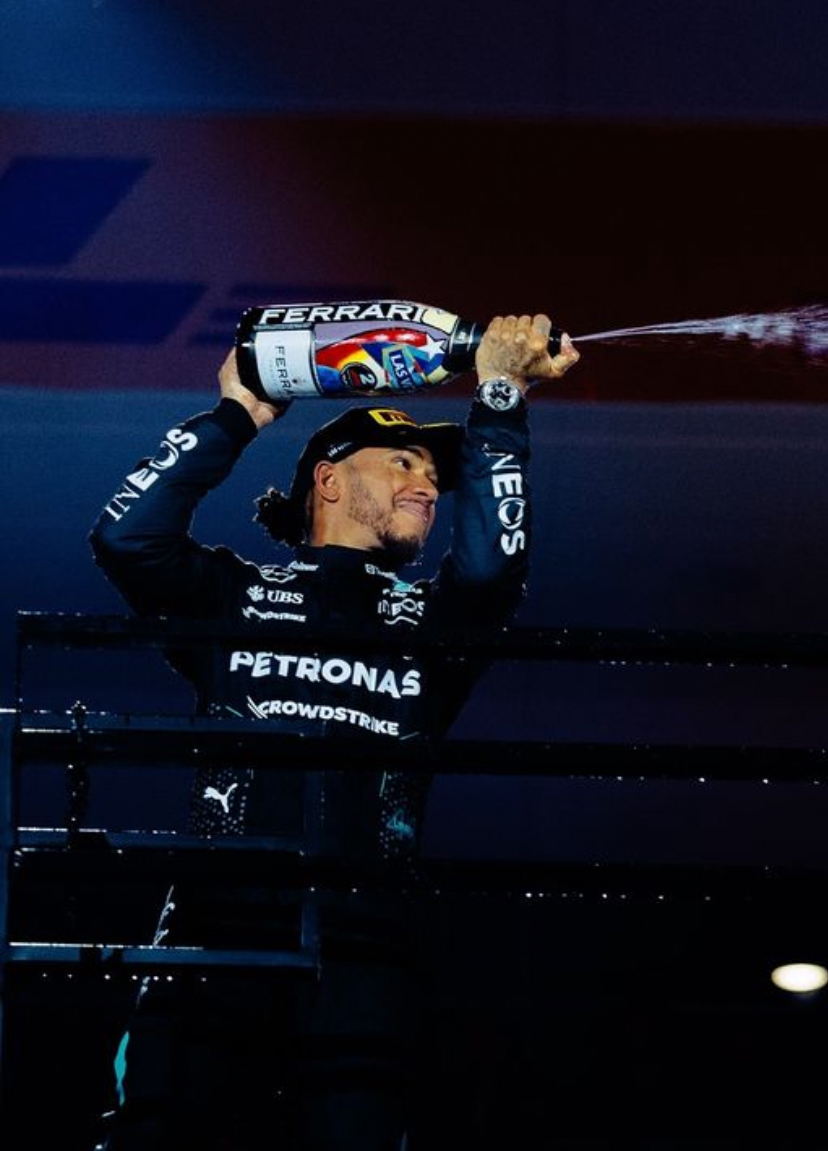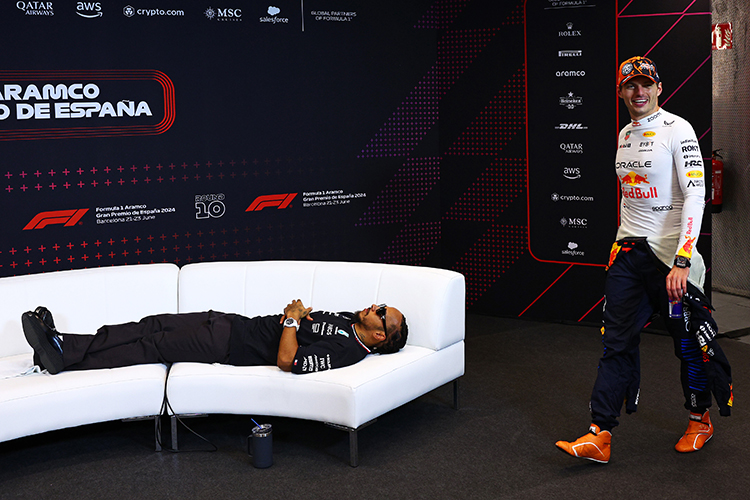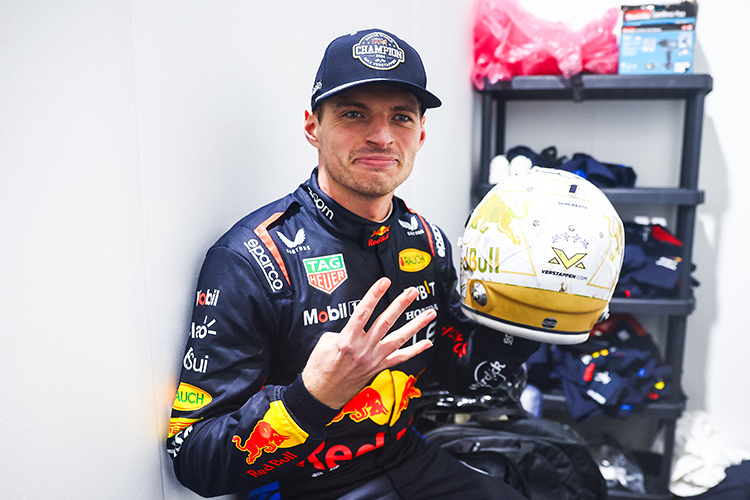GianPiero Lambiase’s ‘Subservient’ Role in Max Verstappen's Iconic Win

Read next: Formula 1 World Champions — A legacy of racing legends
GianPiero Lambiase reveals his 'subservient' role in Max Verstappen's historic win at the Brazilian Grand Prix, explaining his approach to race engineering and communication.
GianPiero Lambiase, Red Bull Racing’s long-time race engineer, has built a reputation for his blunt yet effective communication with Max Verstappen. While he is unafraid to challenge the four-time Formula 1 World Champion, Lambiase has revealed how he also knows when to take a backseat and let Verstappen lead the way.
A Unique Driver-Engineer Relationship
The dynamic between Lambiase and Verstappen has often been described as an “old married couple,” given their frequent but productive radio exchanges. Despite their on-air clashes, both have clarified that their relationship is built on mutual respect and shared objectives rather than frustration.
Verstappen has been vocal about his preference for working exclusively with Lambiase, and last year, the race engineer secured a long-term contract with Red Bull, coupled with a promotion to Head of Race Engineering.
Brazilian Grand Prix: A Masterclass in Strategy
One of the most striking examples of Lambiase’s adaptable approach came during the 2023 Brazilian Grand Prix. Verstappen started the race from 17th on the grid but delivered a stunning performance to take victory, effectively sealing the World Drivers’ Championship. Lambiase played a crucial role, but in this instance, he knew that challenging his driver over the radio was unnecessary.
“It’s something you need to be innately aware of when you are communicating with a driver that’s traveling at 300kph+ in a high-pressure environment,” Lambiase explained at the Autosport Awards.
“While we are a duo, the engineer needs to be subservient to the driver at that point. Rising to the occasion or pushing back can quickly lead to a downward spiral.”
Damage Limitation Turned Into Victory
When the race began, Red Bull’s strategy was focused on damage limitation rather than outright victory. However, as Verstappen made rapid progress in the wet conditions, the team quickly realized that winning was a realistic possibility.
“There’s always an opportunity with wet weather, and with Max in the car, anything is possible,” Lambiase said. “We could see that the gap to the leaders wasn’t growing; in fact, he was starting to close in.”
One of the pivotal moments of the race came when Verstappen chose to stay out on worn intermediate tires while rivals Lando Norris and George Russell pitted for fresh sets. This decision granted Verstappen track position and ultimately paved the way for his victory.
“Once he was behind Esteban Ocon at the restart, I knew that the race win was on the cards,” Lambiase revealed. “That was a defining moment in the championship battle.”
Calm Decision-Making Under Pressure
Red Bull’s strategic success was largely due to their composed approach, ensuring Verstappen was always on the right tires at the right time. Lambiase emphasized the importance of staying calm on the pit wall despite the unpredictable conditions.
“I hope it didn’t come across as frantic,” he said. “The intermediates weren’t overheating, and we had enough data to confirm they were still in good condition.”
While other teams opted to pit their drivers for fresh intermediates, Red Bull stuck to their plan. “We were a little surprised when the leaders gave up track position to do so. But we followed our processes, and in the end, it paid off.”
Conclusion
The 2023 Brazilian Grand Prix highlighted not only Max Verstappen’s skill but also GianPiero Lambiase’s ability to adapt his communication and strategy. Knowing when to push back and when to let the driver take control is a fine balance, and in this case, Lambiase’s approach proved crucial to Red Bull’s success.
With their strong bond and proven results, the Verstappen-Lambiase partnership remains one of the most fascinating dynamics in modern Formula 1.
Up Next



